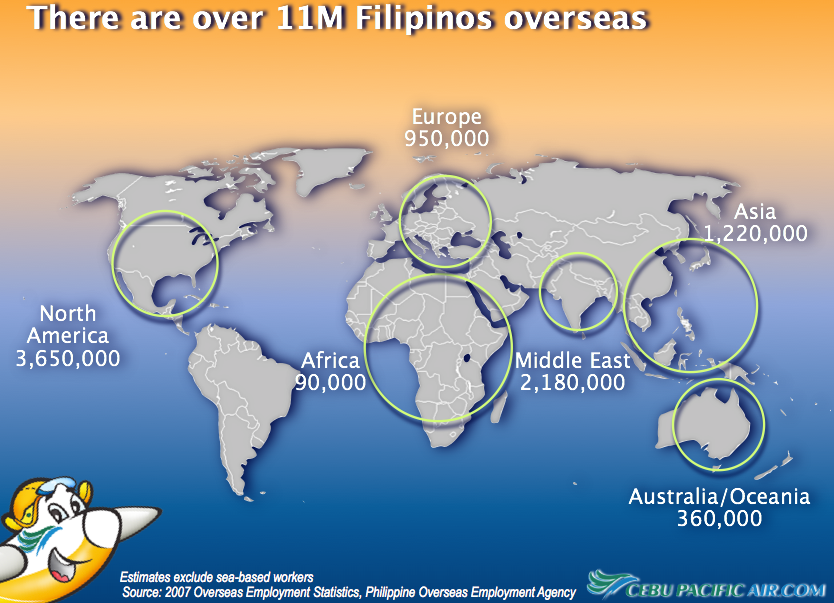SUMMARY
This is AI generated summarization, which may have errors. For context, always refer to the full article.
MANILA, Philippines – Sorry, the rights to fly between destinations in the Philippines and Middle East belong to Philippine Airlines (PAL).
That was the reply of the Civil Aeronautics Board (CAB) to Cebu Pacific Air, which wanted to mount flights that charge lower–at least 35% less, the Gokongwei-led carrier said–than the fares of PAL and other legacy carriers flying these long-haul routes.
“We denied the request because these entitlements were awarded to PAL,” CAB executive director Carmelo Arcilla told reporters on Tuesday, June 12. The board of the aviation body decided on this during an en banc meeting last May, added CAB legal head Maria Elben Moro.
Cebu Pacific requested CAB to re-allocate to it some of the flight entitlements the government has negotiated with United Arabia and the United Arab Emirates and has, in turn, awarded to PAL.
Cebu Pacific argued in its March request that PAL has stopped flying its own planes to these destinations, and instead code-sharing with or leasing the rights it got from the government to Middle East airlines.
“It’s not as if PAL is not actually using the entitlements. They are albeit via a code share arrangement which involves a contract between two private entities,” CAB’s Moro explained

Long-haul challenges
This is the first rejection Cebu Pacific received since it announced that it would expand its low-cost operations beyond its current network that takes no longer than 4 hours to fly to.
While Cebu Pacific has announced plans to start mounting long-haul flights in the 3rd quarter of 2013, regulatory restrictions and being a new entrant to these routes have worked against them.
Flights between the Philippines and destinations like the Middle East are regulated by entitlements that come out of bilateral agreements between countries. CAB negotiates then assigns these flight entitlements to local airlines.
Cebu Pacific is eyeing PAL’s 14-a-week flight entitlements to more lucrative destinations like UAE and Saudi Arabia. The airline also said it remains interested to fly to Oman, which have flight entitlements that CAB can still award to Cebu Pacific.
The no-frills budget carrier is going to lease up to 8 Airbus A330-300 aircraft to serve new markets beyond the range of its current fleet of Airbus A320 aircraft.
In a recent trip to the United Kingdom, President Aquino witnessed Cebu Pacific president and CEO Lance Gokongwei signed a US$280 million deal with Rolls Royce for engines for its long-haul-bound aircraft.
Aside from the Middle East, the other international destinations that Cebu Pacific are eyeing include Australia, parts of Europe and the United States.
“We are exploring serving cities where large Filipino community resides. Data indicates that more than half of Filipinos deployed in these regions take multiple stops and connecting flights because no home carrier can fly them there non-stop,” Cebu Pacific president and chief executive officer Lance Gokongwei said in a previous press briefing.
Saudi Arabia, for instance, transported an average of 165,000 passengers last year to Manila via direct a flight as against to 293,000 Filipinos deployed there. This means that nearly half of Filipinos who flew to Saudi Arabia in 2010 had to take multiple flights to get to their destinations. – Rappler.com
Add a comment
How does this make you feel?
There are no comments yet. Add your comment to start the conversation.